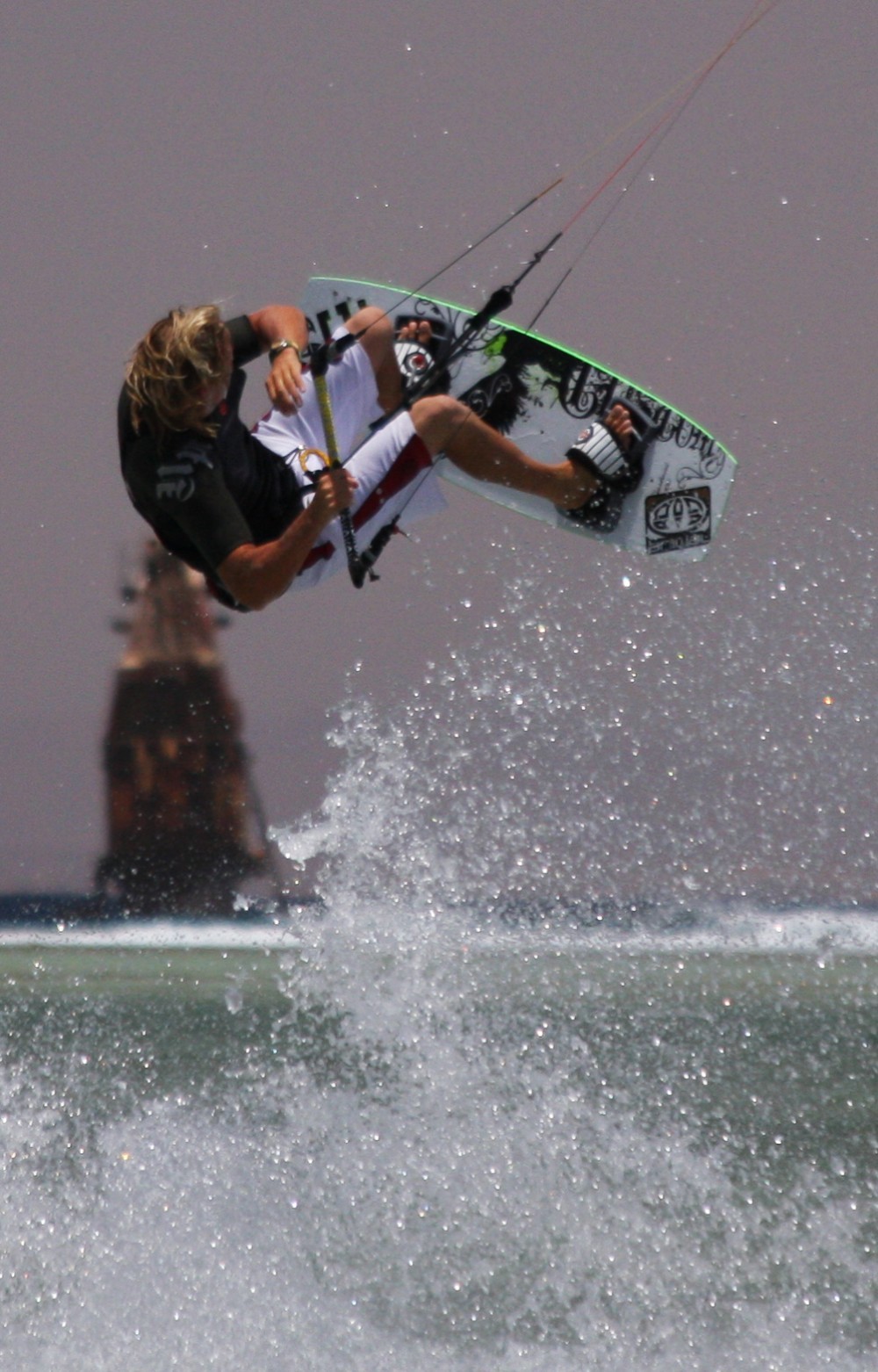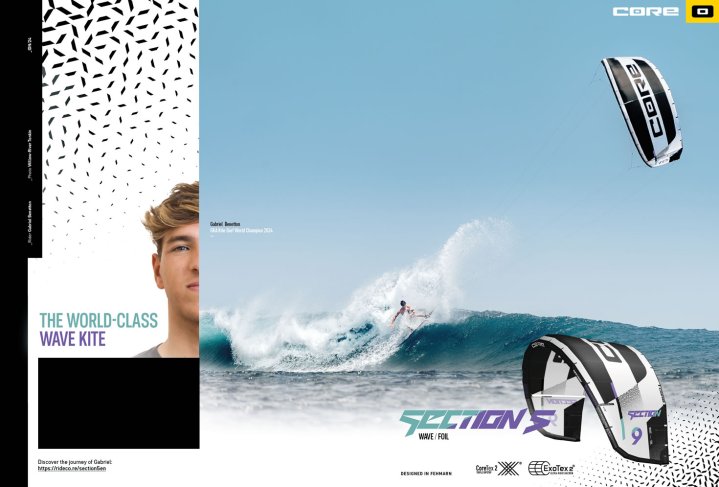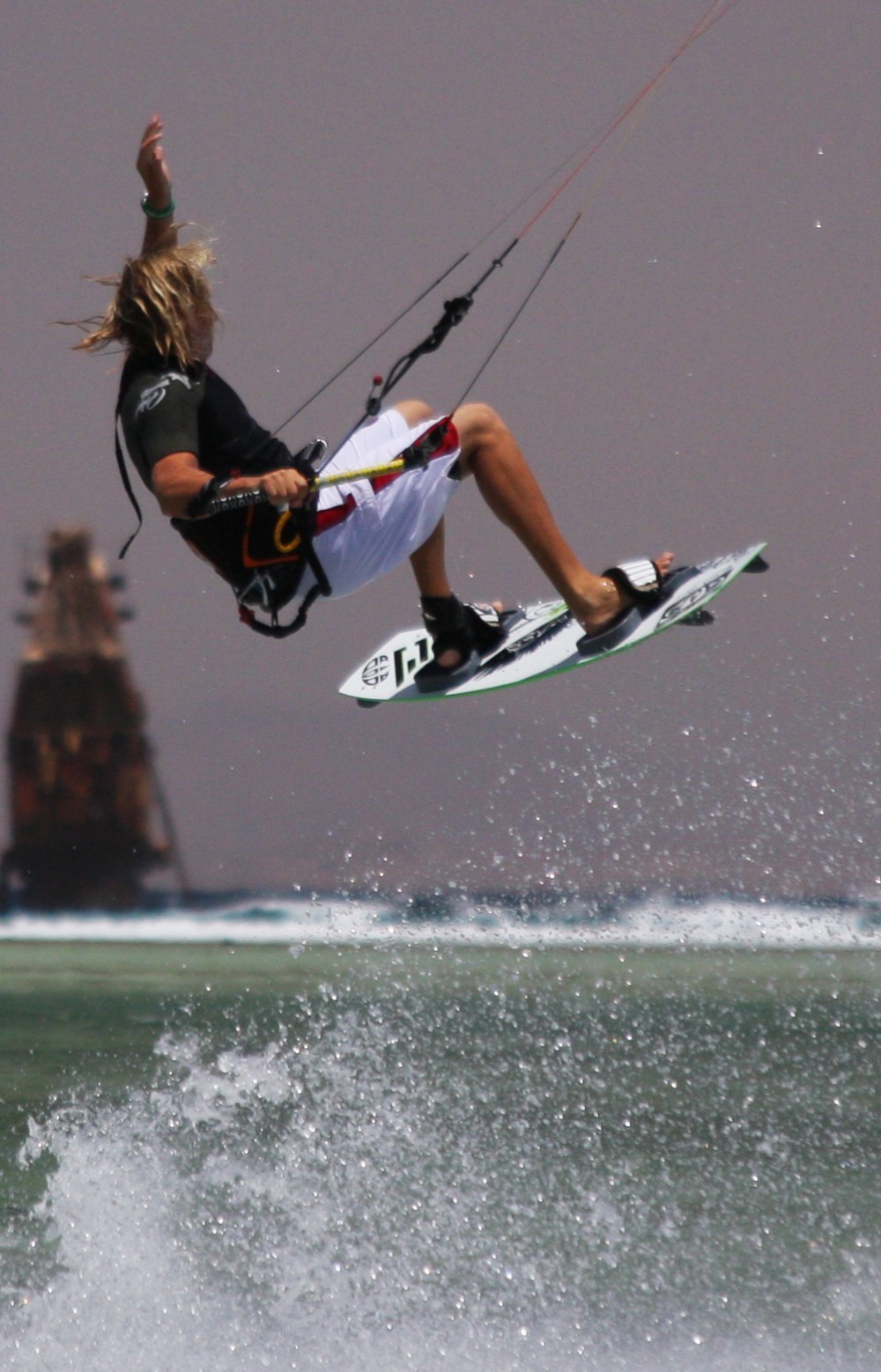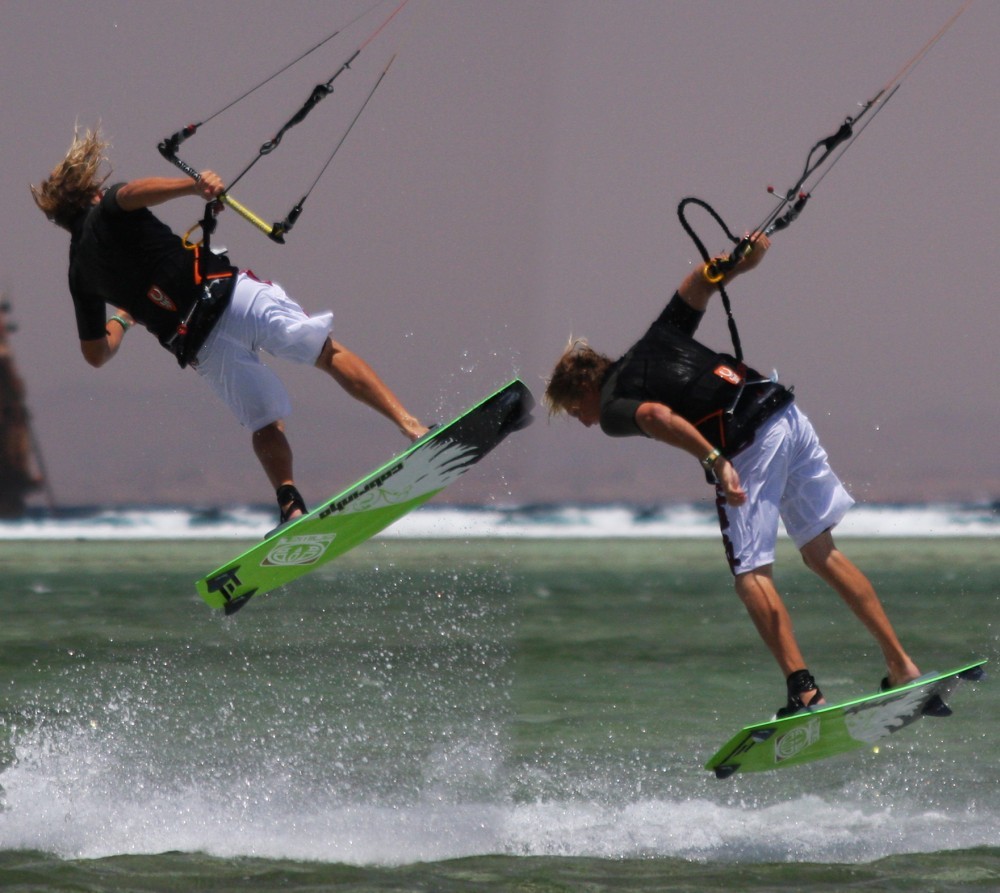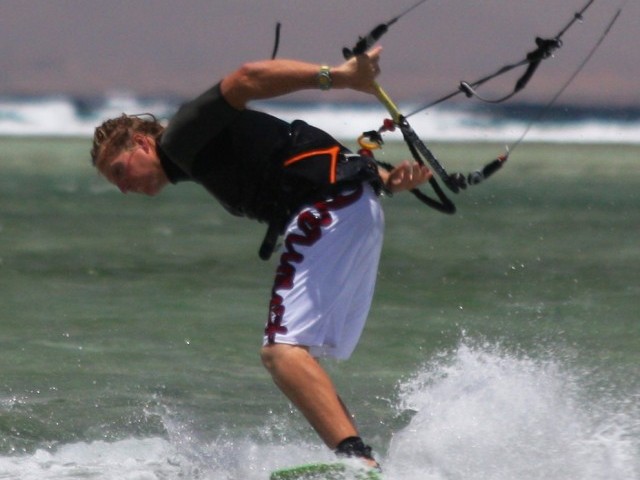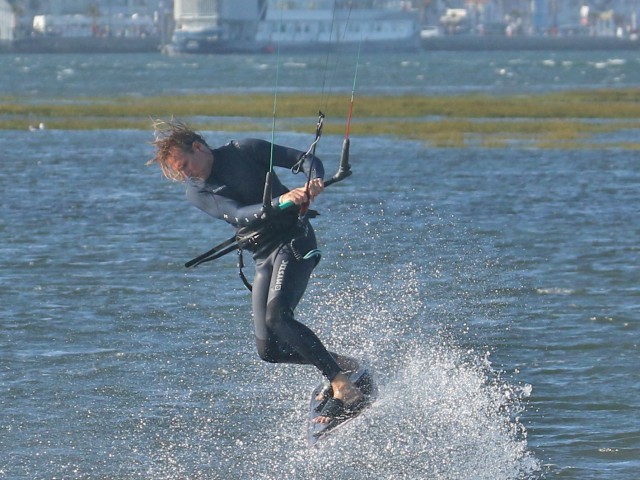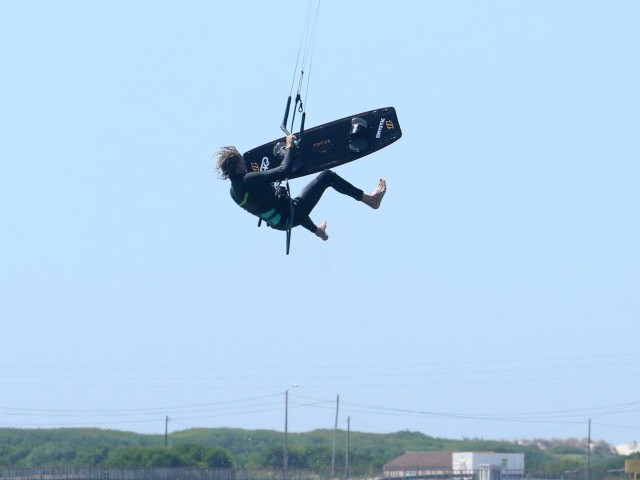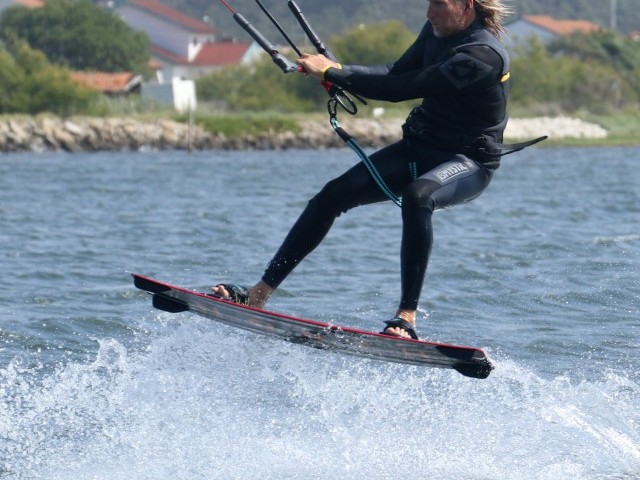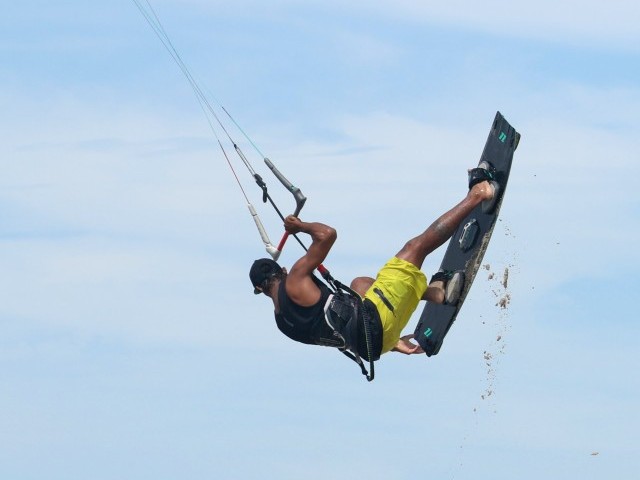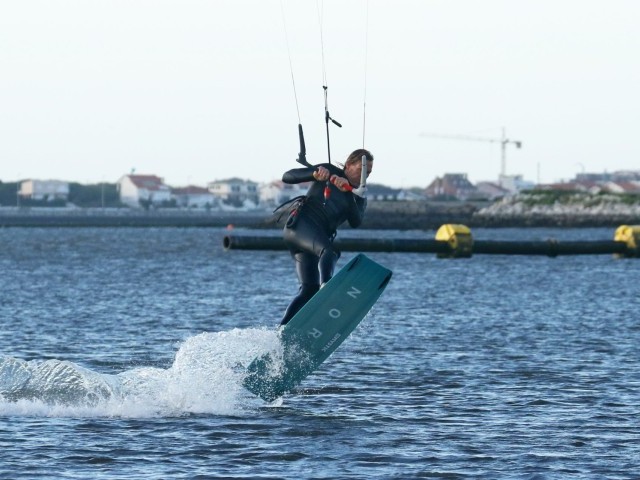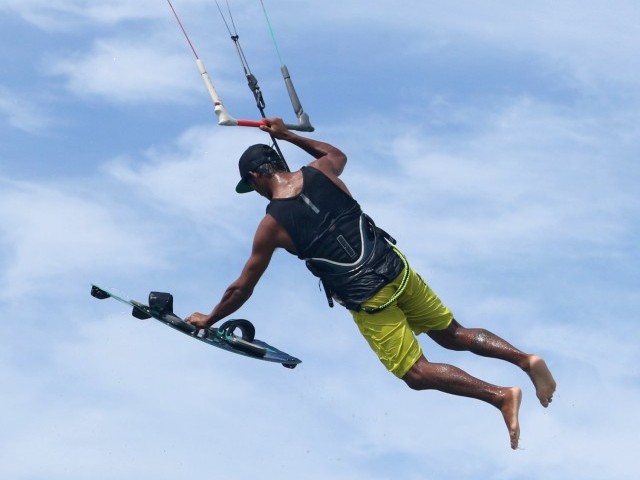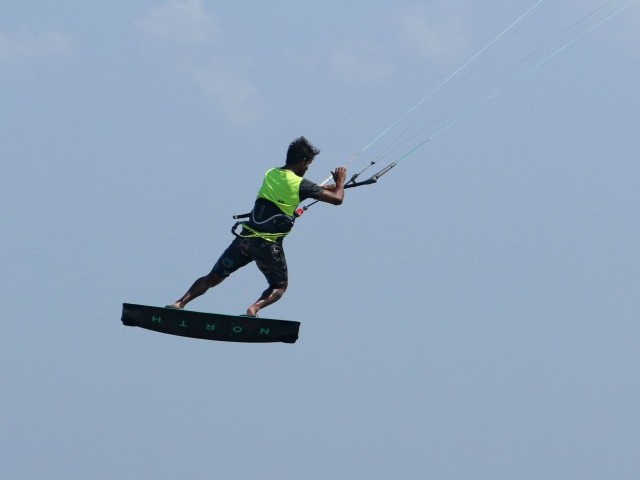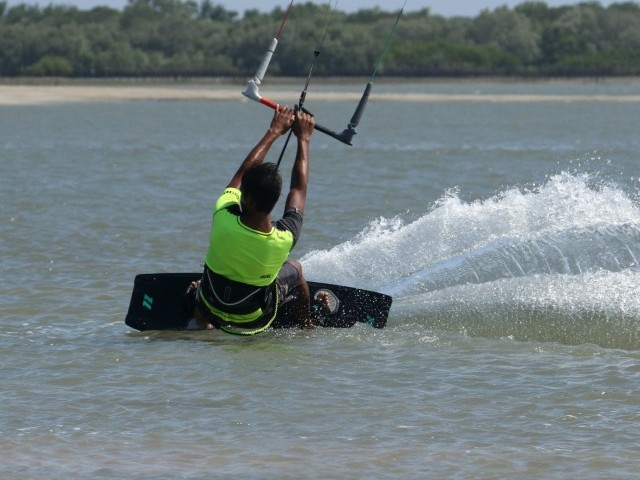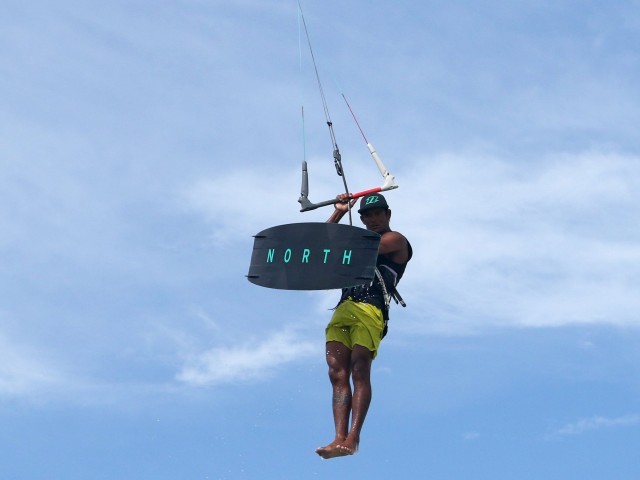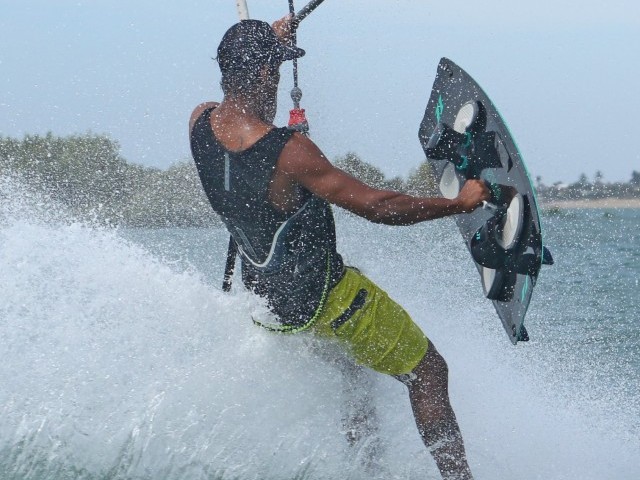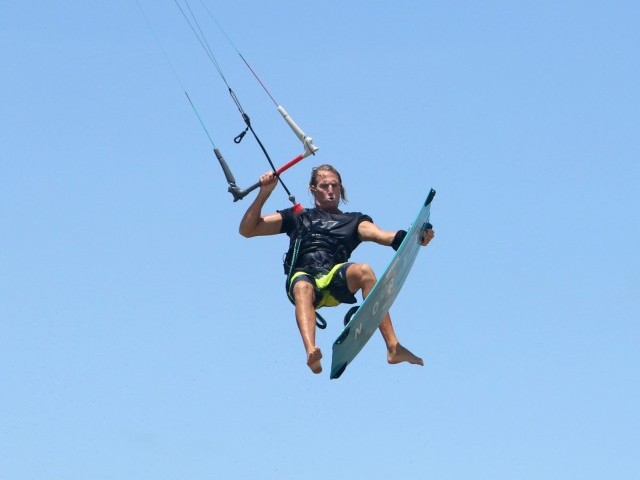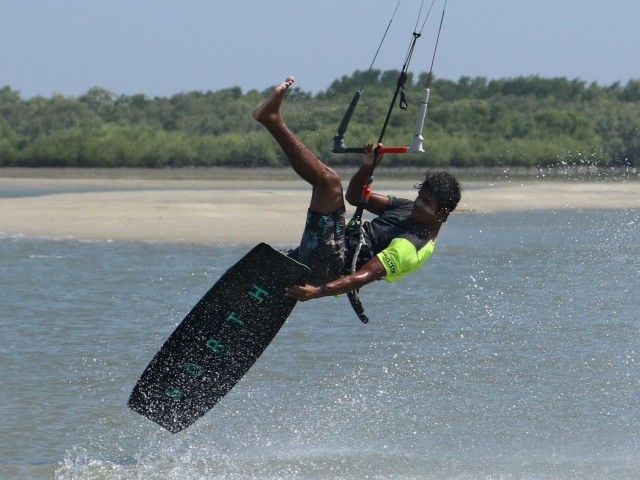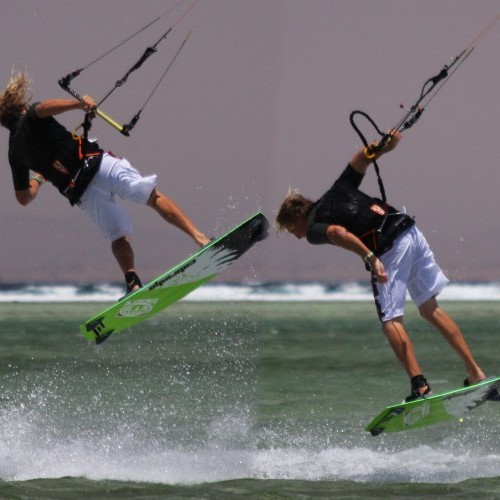
Back Loop to Blind with Surface Pass
Technique / Advanced
Introduction
For the truly courageous amongst you our final move this issue is a real gem. Not only is a back to blind with a surface pass, see Video 1 out an absolute show of control and a beautiful move in it’s own right, it is also the final building block to a couple of world class air pass moves. Once nailed you’ll be the envy of many at your local patch, and it will spur you on with a new found confidence to try more technical tricks that not so long ago seemed out of reach.
The Readies
There are a few definite musts that you need in your box of tricks before you try a back to blind.
The Back Loop
Firstly your unhooked popped back loops need to be 100% controlled. By this we mean that you need to be executing a popped rotation that is almost slow. This will result in you landing facing downwind. Such a back loop will also result with you landing with slack in your lines with no pull from the kite and a feeling that you are actually dropping down.
To achieve this, the three things to remember are head, kite and point of sail. Try not to use your head for rotation, just look forward where you are going on take off and leave you head square with your shoulders. In Pic A Christian is coming around his rotation but is not looking over his shoulder. This way you will not suddenly be round and landed, but will have that split second to think about throwing it to blind.
You need to have the kite a tad lower than you may be used to. If it’s 11 or 1 you will be less likely to spin under the kite and there will be something to pull against to get your knees up and the rotation to blind started as in Pic B. If you have a look at the slow motion Video 2, you can see Karine really pulling her knees in before throwing to blind.
Where you take off is where you land. So if you want to land more downwind you need to take off more downwind. The real advantage of this is that if you start you back rotation in the air sometime before the board passes through the wind your brain has time to react and ponder the blind bit. If you take off into wind you’ll be around before you have time to pull.
So once again before attempting a back to blind hammer out back loops to get the first part automated.
The Blind
We generally believe in doing what comes naturally and not sticking to a precise order, but this move will be heaps easier if you have the raley to blind nailed. As we mentioned in Issue 9 for the front to blind the throwing action to blind is the be all and end all. Here in the back to blind it is made more difficult by the fact that not only are you throwing to blind but you actually have to stop your rotation and turn the other way. In the raley you body is trying to twist the wrong way, so it will have trained you to a certain degree.
As already mentioned, your head, kite and point of sail will be crucial here too. By not looking for your landing over your shoulder, you will find it easier to change the direction that your body is travelling in. With the kite lower your feet will be higher and you body more horizontal, so you can pull against the bar to stop the initial back rotation and go the other way. And having taken off earlier you can rotate more slowly, which in turn means there will be less momentum to fight against. Don’t forget to turn your head and twist your wrist, pointing your thumb at where you are going as in Pic C. This will help your shoulders turn further, enabling you to turn the board further and stick a more down wind landing with the bar in the right place Pic D to grab when you go for the surface pass.
Once you’ve banged out a load of back loops do the same with numerous raleys to blind, and then you’ll be ready!
Show Time
Following the sequence, which is relatively low and in very light wind – a good way to build confidence. Don’t forget to make sure that your leash is on the correct side.
- Pic 1. Christian has come up over the board, flattened it off and unhooked, knowing that the coast is clear. His kite is around 1 o’clock and his hands are together in the middle of the bar.
- Pic 2. From a broad reach he carves hard against the power in the kite, front leg extended and back leg flexed and ready.
- Pics 3 and 4. As the board turns upwind Christian extends his back leg and pops up. Christian also keeps his arms bent, as this will make it easier to pull in for the twist to blind.
- Pic 5. Due to the pop and the kite position Christian is pulled into a more horizontal back loop.
- Pic 6. As he comes around the back loop the board is behind and up in the air, almost where it would be during a raley. This is the moment to throw the blind. Any later and you’ll miss the chance, as the board will start to drop.
- Pic 7. Christian pulls the bar as hard as he can towards his front hip to initiate the twist to blind. If the kite were much higher this would be harder as it would not turn him. At the same time Christian turns his head in the opposite direction and keeps his knees up.
- Pic 8. To make sure he turns far enough Christian must look around towards the direction he is travelling in.
- Pic 9. He will then be able to turn his thumb down and forward, twisting the bar, which moves the shoulders further around, allowing him to get his upper body low.
- Pic 10. So now Christian can easily pass the bar behind the small of his back.
- Pic 11. And finally turn to face the new direction of travel and sort himself out.
Top Tips
Once again flat water will make landing blind considerably easier as the board is less likely to stick on landing.
Although you need speed to give you the momentum to ride out of this trick, for your first attempts slow it down a bit to let you get a feeling for the move and reduce the impact of not getting it quite right.
Really concentrate on not letting the kite drift up too mush. Although some people manage very well with the kite high, it is much harder to pull in for the blind part. And with the kite higher, you rotation is more around a vertical axis, and therefore the chances of over rotating the back loop and missing the moment to go blind are greatly increased.
This technique article was in Issue 10 of IKSURFMAG.
Related
By Christian and Karine
Christian and Karine have been working together as a coaching team, running improver to advanced kitesurfing clinics since 2003.





